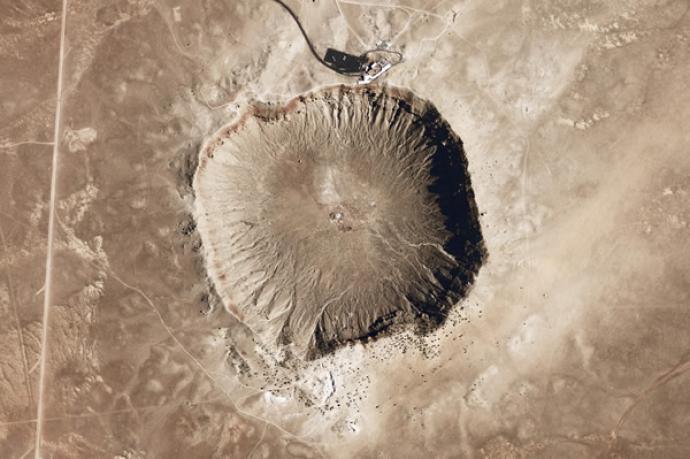If you love to explore, astronomy and space science could be the place for you.
Many people think only astronauts get to explore space, but they’d be wrong. Many scientists explore other worlds but keep their feet on the ground.
Planetary scientists study planets, moons, comets, asteroids… all the stuff that orbits stars. They try to understand how all this stuff formed, including the history and evolution of our own Solar System.
Recent planetary science missions like Cassini and New Horizons have sent robots to learn more about Saturn’s rings and Pluto. NASA’s Curiosity Rover is exploring Mars for us. All these missions depend on planetary scientists to develop the scientific instruments on board and to analyse and interpret the data sent back.

Planetary science also includes doing experiments on Earth in laboratories. Scientists can study rocks brought back by space missions or meteorites that have landed on Earth. They can also test places on Earth that are like Mars or an Icy Moon and try to create those environments in labs.
Planetary science combines a lot of different science knowledge and skills. Chemistry, physics, geography and geophysics are all useful subjects for becoming a Planetary Scientist. The careers involved in exploring new worlds are vast. From working in a lab to create intricate engineering solutions for the next space probe, to analysing the date coming back from recent missions. There are even simulated Martian surfaces here on Earth which require people to accurately mock up the conditions of another planet in order to test equipment, and the effects of isolation on humans!
